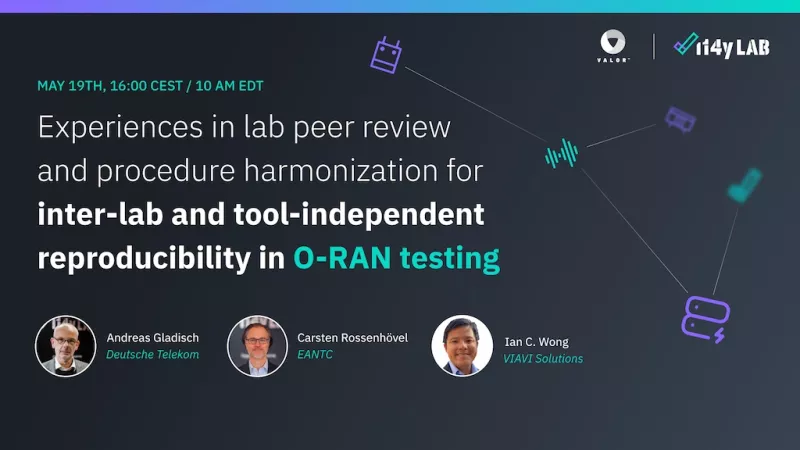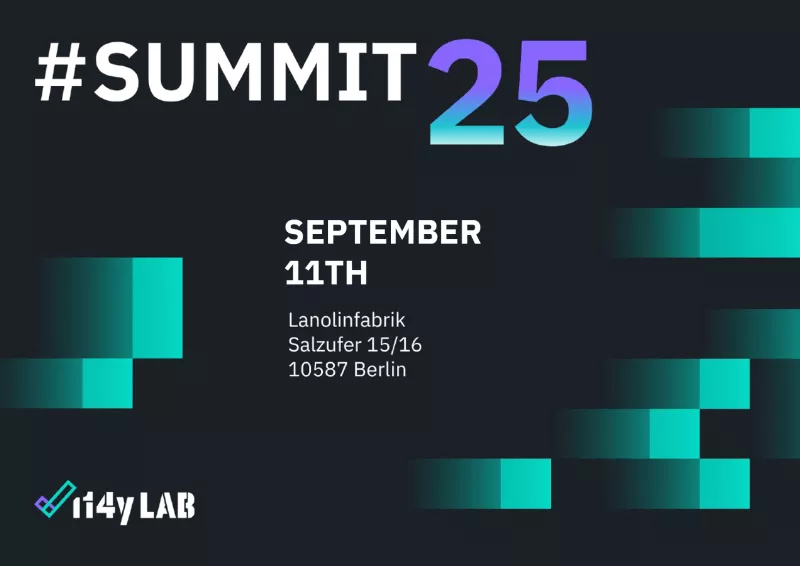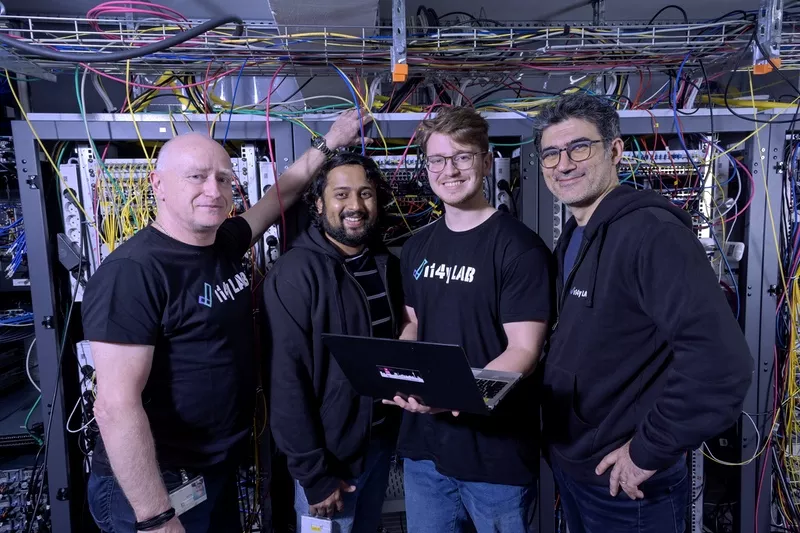During the IORS Virtual Session on May 19, 2025, representatives from the i14y Lab (Germany) and VALOR (USA) presented the results of their collaboration to test selected Open RAN test cases and compare the outcomes to over 100 attendants. Ian Wong for VIAVI/VALOR, as well as Andreas Gladisch (Deutsche Telekom) and Carsten Rossenhövel (EANTC) for the i14y Lab, also shared recommendations designed to be fed into the respective groups at the organizations that deal with the points addressed.
The goal of the collaboration was to assess the state of test plans and methodologies on the path to repeatable and reliable testing. This is a fundamental need for Open RAN Ecosystem to ensure operator’s trust in the results of Open RAN testing and avoid additional workloads, as Andreas Gladisch pointed out during the presentation.
As part of the collaboration, both labs tested six O-RAN TIFG E2E Test Specification v6.00 functional and performance test cases such as UE registration and deregistration and downlink / uplink peak throughputs. To keep things comparable, the labs tested a commonly agreed upon combination of O-RU/O-DU/O-CU, aligning their test beds but intentionally not sharing the low-level configurations. The results – such as registration/deregistration (ms) or throughput (Mbps) – were recorded and compared using the coefficient variation method.



